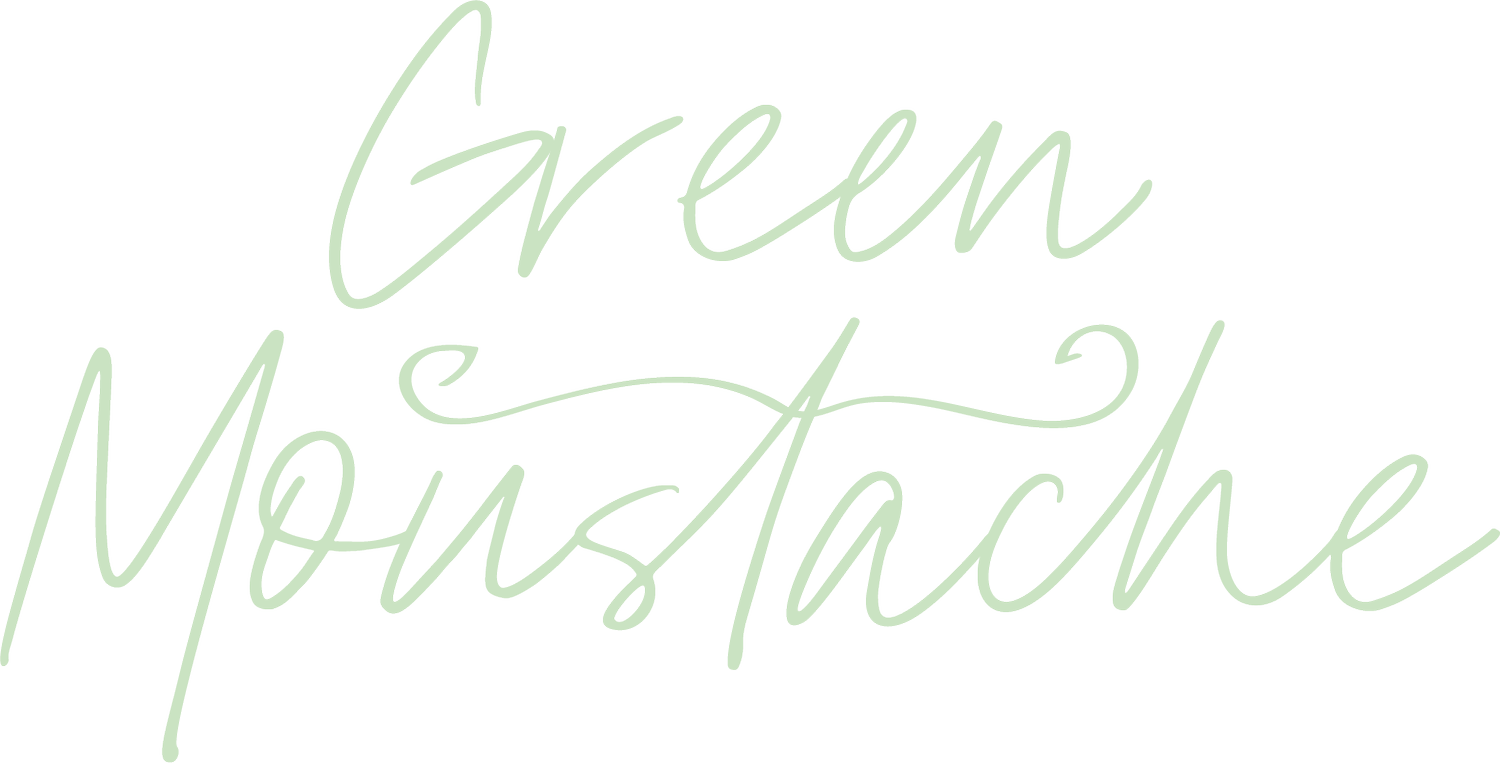The History of The Tango
The Heartbeat of Argentina: Exploring the History of Tango Dancing and Music
In the vibrant cultural tapestry of Argentina, few art forms resonate as deeply as the passionate embrace of tango dancing and the soul-stirring melodies of tango music. Originating in the late 19th century in the bustling port neighborhoods of Buenos Aires and Montevideo, tango has evolved from a marginalised expression of the working class to a globally acclaimed symbol of Argentine identity and passion.
The Birth of Tango: From the Margins to the Mainstream
Tango emerged at a time of rapid urbanisation and cultural blending in Argentina, fueled by waves of immigration from Europe and Africa. Its early roots can be traced to the impoverished neighborhoods of La Boca and San Telmo, where immigrants and locals mingled in dance halls, brothels, and on the streets, exchanging rhythms, melodies, and dance steps.
Initially met with disdain by the upper classes as a crude and scandalous pastime, tango gradually gained popularity across Argentine society. It found its way into the elegant salons of the city, where it underwent refinement and sophistication, blending European ballroom dance styles with African rhythms and improvisation.
The Golden Age of Tango: Rise to Global Prominence
The early 20th century marked the golden age of tango, as the music and dance form experienced a surge in popularity both domestically and internationally. Argentine composers and musicians such as Carlos Gardel, Aníbal Troilo, and Astor Piazzolla infused tango with new musical elements and instrumentation, expanding its repertoire and appeal.
Meanwhile, tango dancers dazzled audiences with their intricate footwork, sensual movements, and dramatic storytelling, captivating hearts and minds around the world. Tango became synonymous with Argentine culture, embodying themes of love, loss, longing, and resilience.
Tango Today: A Living Heritage
While the heyday of tango may have passed, its legacy continues to thrive in Argentina and beyond. Tango festivals, milongas (dance socials), and competitions attract enthusiasts from every corner of the globe, fostering a sense of community and camaraderie among dancers and musicians.
Moreover, tango remains a dynamic and evolving art form, embracing new influences and interpretations while staying true to its roots. Contemporary tango dancers and musicians continue to push boundaries, blending traditional techniques with modern innovations to keep the art form relevant and accessible to new generations.
Belen Silva,
Belen Silva Tango Company
Anna & Ahmed, Belen Silva Tango Company
Experiencing Tango at Festival Del Gaucho
For those seeking to immerse themselves in the rich tapestry of Argentine culture, experiencing tango firsthand is a must. From the historic milongas of Buenos Aires to the intimate tango clubs of Rosario and beyond, opportunities abound to witness the passion, elegance, and intensity of tango dancing and music.
Whether you're a seasoned dancer or a curious newcomer, tango offers a gateway to the heart and soul of Argentina, inviting you to embrace the rhythm of life and celebrate the timeless beauty of human connection.
Join us at Festival Del Gaucho on Saturday 9th March and partake in a free tango lesson at 12pm with Ruedisima Latin Dance Co, or 3pm with Sydney Tango Collective, or join in the fun at the milonga social from 3.45pm - 6.45pm with DJ Marina.
In conclusion, tango dancing and music represent far more than just a cultural tradition; they embody the spirit and soul of Argentina itself. From its humble beginnings on the streets of Buenos Aires to its global acclaim today, tango continues to captivate and inspire audiences around the world, weaving a rich tapestry of passion, rhythm, and romance. So, why not take a step into the world of tango at Festival Del Gaucho at Green Moustache and let its mesmerising allure sweep you off your feet?



